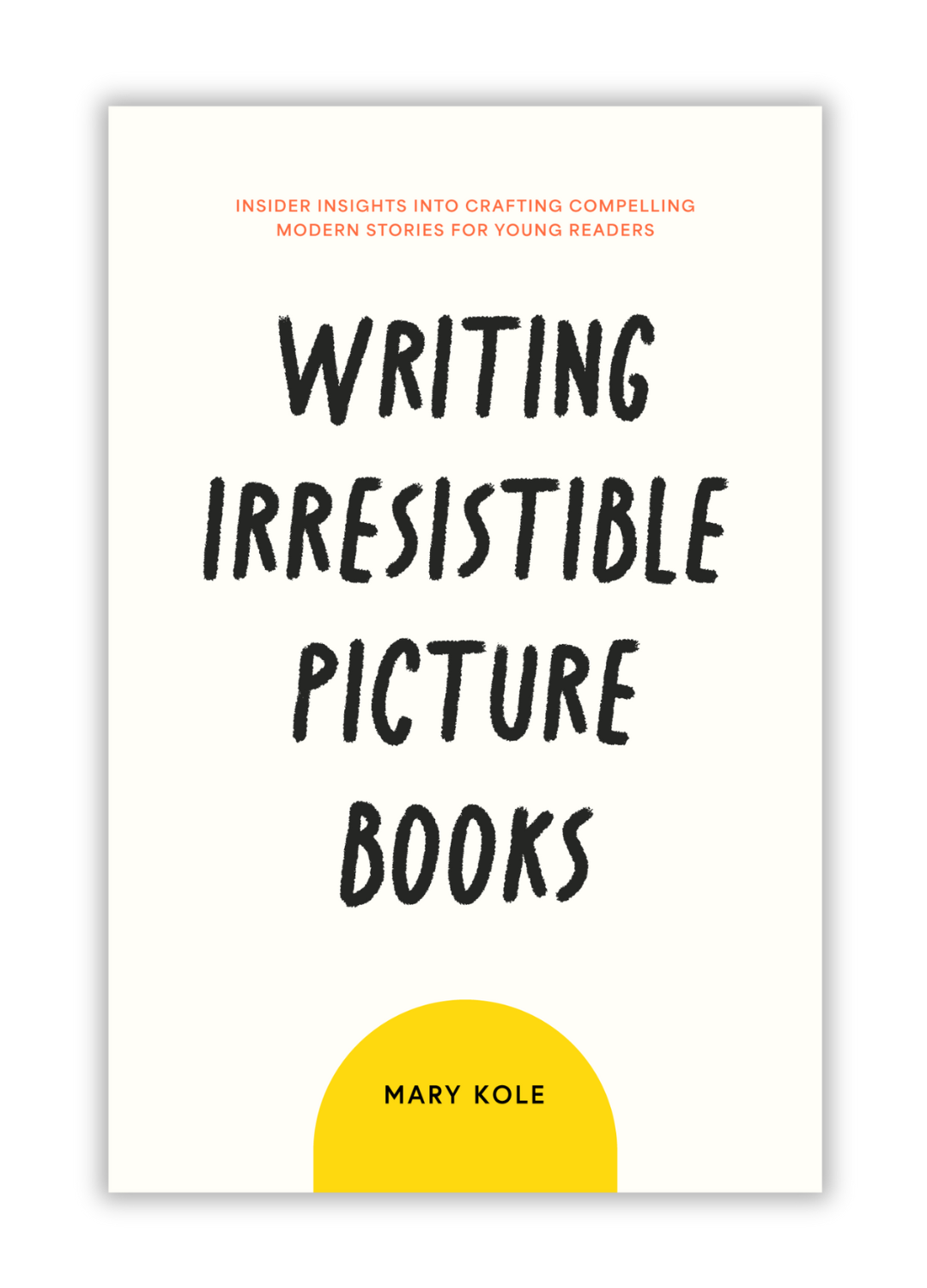Writing For Kids Using Alliteration
By Mary Kole
Mary Kole is a former literary agent, freelance editor, writing teacher, author of Writing Irresistible Kidlit, and IP developer for major publishers, with over a decade in the publishing industry.
Writing for kids in picture book format requires a lot of skill. The aspiring kidlit writer is tasked with crafting strong characters, constructing a compelling plot—and then telling a story full of clever word choice and age-appropriate writing voice, whether prose or poetry.
Alliteration in Writing for Kids
That being said, I'm often disappointed when I read picture books that rely too heavily on alliteration. This is a common enough pitfall that I wanted to address it head-on. Amateur writers tend to use this technique carelessly, and it can be a turnoff. I've been working with writing for kids clients for over a decade, and I haven’t seen much truly impressive (or necessary) alliteration.
The thing is, there is so much more to writing a picture book than alliteration. And alliteration is not as simple as just giving a character a name like Sammy Skunk and calling it a day. It's more than just saying something like “Sammy Skunk skips smilingly down the springtime sage-speckled slope.” Voice is crucial in writing for kids, and there’s a lot more to picture book style. Of course, it's hard when you don't read as many picture book manuscripts as your average publishing professional does, because you lack context. Writing for kids is as difficult as writing for adults, and can be even more challenging and rigorous. Aspiring kidlit writers need to sharpen their writer tools just as carefully.
There’s No Single Approach to Writing for Kids
Repeated letter sounds do not add as much to a picture book text as you might think. I'm getting more and more submissions of picture book writing for kids that rely too heavily on alliteration in an attempt to "achieve" (or so the writer believes) both character and tone. But alliteration doesn’t automatically equal humor or charm.
The topic of alliteration has a lot in common with rhyme. Many writers remember reading rhyming picture books, and so when they sit down to try writing for kids, they automatically choose to write in rhyme. Why? Well, that’s what the market wants, right? Wrong.
Many writers observe alliteration on the shelves of bookstores, so they copy that tactic. This “monkey see, monkey do” attitude leads aspiring kidlit writers to twist themselves into pretzel-like shapes with their sentence structure and vocabulary. They prioritize style over substance in writing for kids, but their priorities should be the other way around. The focus of writing for kids should always be on telling a good story geared specifically to this very precise market.
In terms of rhyme, authors tend to use almost Victorian syntax in order to make sure they end on the correct words. In alliterative picture books, word order also tends to be awkward because the writer is allowing the first letter of a word to determine what they say and how they say it. Consider this: “Alliteration always annoys.” No one talks like that! It doesn't sound natural. Writing for kids doesn’t mean you can contort sentence structure, because kids, of all people, can appreciate clear and concise language.
Therefore, take a long hard look at the choices you make when writing for kids. Examine what led to those choices. Especially in children’s picture books, any heavily stylized approach makes your writing appear labored. Pursue more sophistication with your words, particularly when writing for kids—this will definitely put you above and beyond the rest of your competition, and it will please and delight your young readers as well.

Click here to purchase Writing Irresistible Picture Books, my book on children’s picture books. This comprehensive guide is crammed with craft advice and groundbreaking original research, including a survey of 1,000 upcoming picture book deals, a breakdown of 80 modern and marketable picture book topics, and in-depth analysis of over 150 published picture books.



